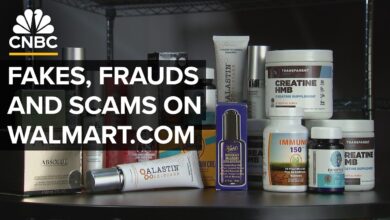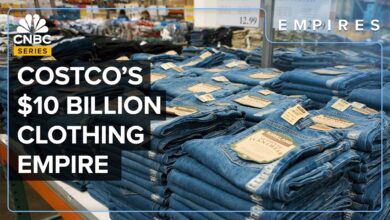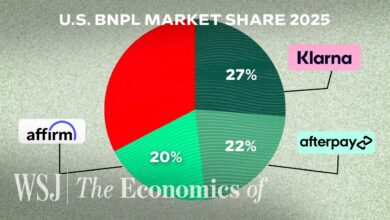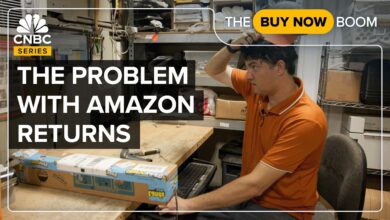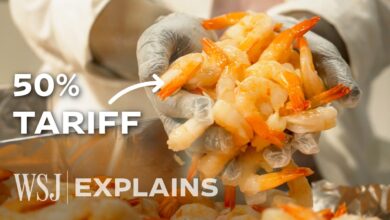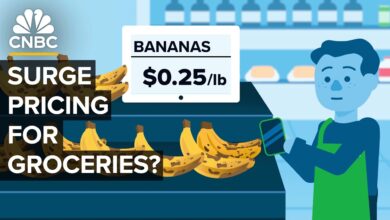Top 10 Most Profitable Supermarket Chains in the U.S. — Where Retail Meets Billions
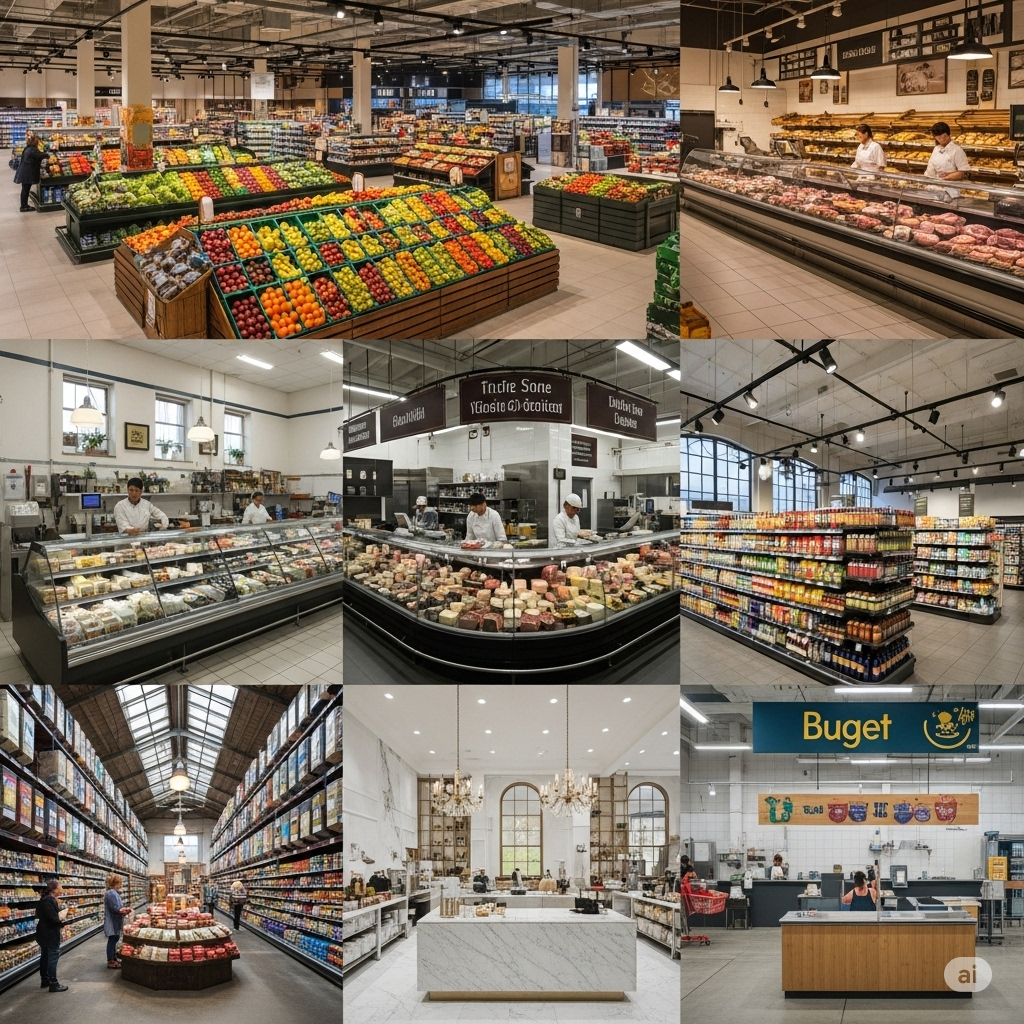
Top 10 Most Profitable Supermarket Chains in the U.S. — Where Retail Meets Billions
Supermarkets are far more than grocery stores — they are logistics empires, real estate giants, and innovation labs.
In the United States, supermarket chains generate hundreds of billions of dollars annually, feeding households, employing millions, and adapting quickly to digital retail, delivery, and private-label growth.
At eInvestir USA, we’ve ranked the Top 10 Most Profitable Supermarket Chains in the U.S. based on revenue, number of locations, customer loyalty, and adaptability to market trends.
🥦 Why Supermarkets Matter to the U.S. Economy
-
Essential services — open even in crises
777 -
Major employers — especially in local economies
-
Control consumer habits — through loyalty programs and digital platforms
-
Lead in logistics and supply chain management
🏆 Top 10 Supermarket Chains in the U.S. by Revenue (2025)
| Rank | Supermarket Chain | Est. Annual Revenue (2024) | Stores | Headquarters | Notable Features |
|---|---|---|---|---|---|
| 1 | Walmart | $420 Billion (grocery share) | 4,600+ | Bentonville, AR | Price leader, massive scale |
| 2 | Costco Wholesale | $130 Billion (grocery share) | 600+ | Issaquah, WA | Membership model, bulk pricing |
| 3 | Kroger Co. | $148 Billion | 2,700+ | Cincinnati, OH | Private-label brands, pharmacy services |
| 4 | Albertsons Cos. | $76 Billion | 2,200+ | Boise, ID | Multi-banner brands, digital innovation |
| 5 | Ahold Delhaize USA | $60 Billion | 2,000+ | Quincy, MA | Giant, Food Lion, Stop & Shop banners |
| 6 | Publix Super Markets | $55 Billion | 1,300+ | Lakeland, FL | Employee-owned, Southeast dominance |
| 7 | H-E-B | $40 Billion | 400+ | San Antonio, TX | Regional loyalty, high quality |
| 8 | Meijer | $25 Billion | 250+ | Grand Rapids, MI | Hypermarket model, Midwest presence |
| 9 | Aldi USA | $23 Billion | 2,300+ | Batavia, IL | Private-label, discount pricing |
| 10 | Whole Foods Market | $18 Billion | 500+ | Austin, TX | Premium, organic focus, Amazon-owned |
📈 Supermarket Industry Trends (2025)
-
Private-Label Domination: Stores like Kroger and Aldi see huge margins from house brands.
-
Online Grocery & Delivery: Same-day delivery and curbside pickup are now expected.
-
Health & Wellness: Stores integrate dietitians, pharmacy, and organic product expansion.
-
Retail Tech: AI for inventory, self-checkout, and personalized digital offers dominate the experience.
-
Real Estate Strategy: Chains like Walmart and Publix own many of their store locations, boosting long-term profits.
🧠 Real-World Example: Walmart
Walmart’s grocery division alone contributes over $420 billion annually — more than any other U.S. company. Its pricing strategy, nationwide logistics network, and massive product mix make it the most dominant food retailer in the country.
🧺 What Sets These Chains Apart?
-
Scale and Efficiency: From Walmart’s size to Aldi’s minimal staff model
-
Loyalty Ecosystems: Digital coupons, branded credit cards, gas rewards
-
Omnichannel Reach: Online + in-store shopping with unified experiences
-
Private Equity and Ownership: Many chains are privately held or part of international groups
⚠️ Challenges Ahead
-
Labor Shortages and Wages: Ongoing industry pressure to increase hourly pay
-
Food Price Inflation: Impacts consumer habits and profit margins
-
Supply Chain Disruptions: Particularly for fresh and imported goods
-
E-commerce Competition: From Amazon Fresh, Instacart, and delivery-only startups
📉 Revenue Summary Table
| Supermarket Chain | Revenue (2024) | Store Count | Key Differentiator |
|---|---|---|---|
| Walmart | $420B | 4,600+ | Price leadership, national footprint |
| Costco | $130B | 600+ | Membership pricing, high-volume model |
| Kroger | $148B | 2,700+ | Private-label dominance, pharmacy network |
| Albertsons | $76B | 2,200+ | Diverse banners, delivery focus |
| Ahold Delhaize USA | $60B | 2,000+ | Strong regional brands |
| Publix | $55B | 1,300+ | Employee-owned, Southern U.S. loyalty |
| H-E-B | $40B | 400+ | Regional brand power, quality fresh foods |
| Meijer | $25B | 250+ | Hypermarket innovation |
| Aldi USA | $23B | 2,300+ | Ultra-low-cost model, private labels |
| Whole Foods Market | $18B | 500+ | Organic-first, premium brand |
📢 What’s Next for Supermarkets?
With fierce competition from tech giants, supermarkets must evolve into full-service health and wellness providers, logistic masters, and digital pioneers — and the top 10 chains are already paving the way.
👉
🔗 You Might Also Like:
Top 10 Most Profitable Automobile Dealership Groups in the U.S. — Market Leaders in 2025
The 20 Most Valuable Restaurant Companies in America — Ranked by Market Cap
The 100 Most Lucrative Business Categories in the U.S. — What Drives Billions Across Industries
🔑 SEO Tags:
top supermarket chains USA, grocery chains by revenue, Walmart grocery sales, Costco food revenue, Kroger private label, best grocery stores USA, profitable supermarket companies, H-E-B sales, Whole Foods Amazon, Aldi discount grocery, supermarket trends 2025, grocery chain growth, digital grocery shopping USA, best grocery chain to invest in, retail grocery market leaders





